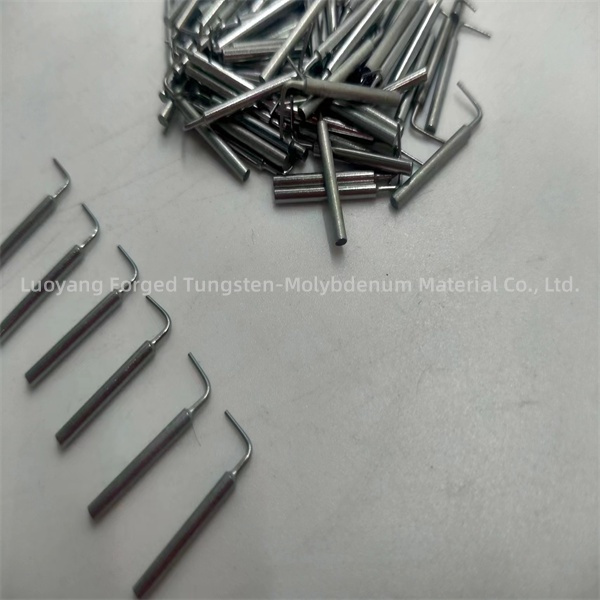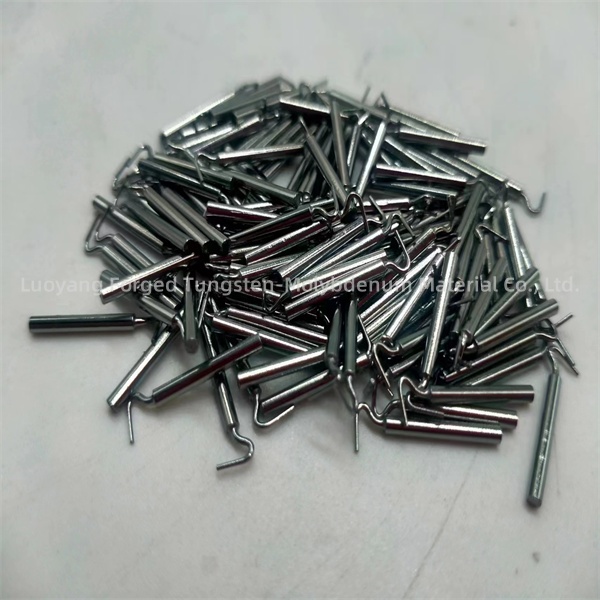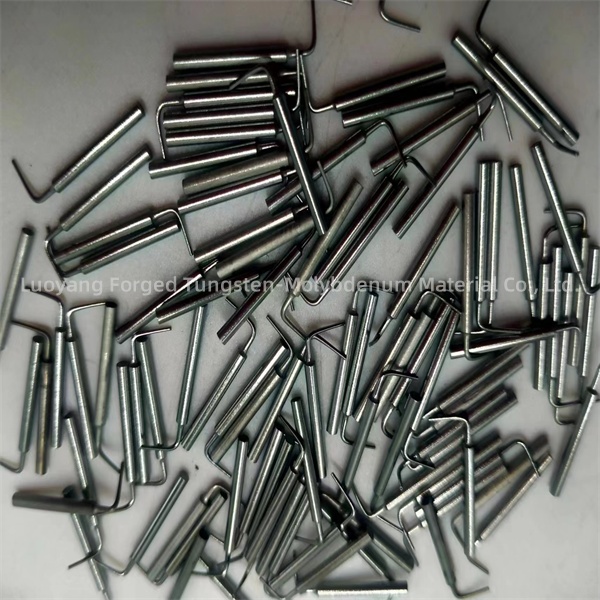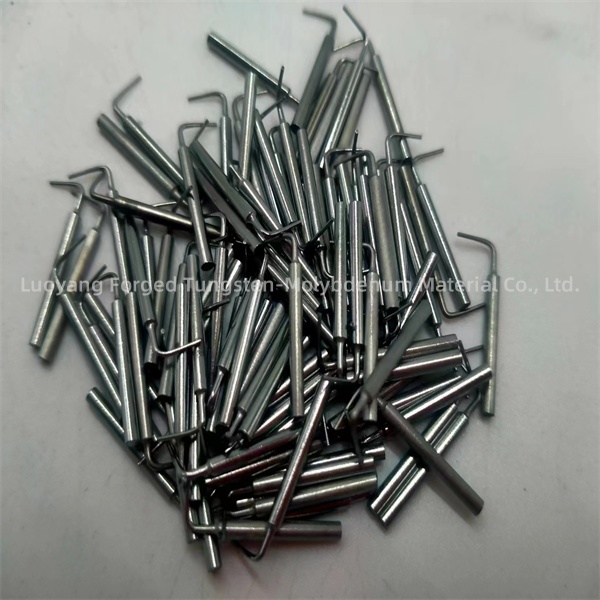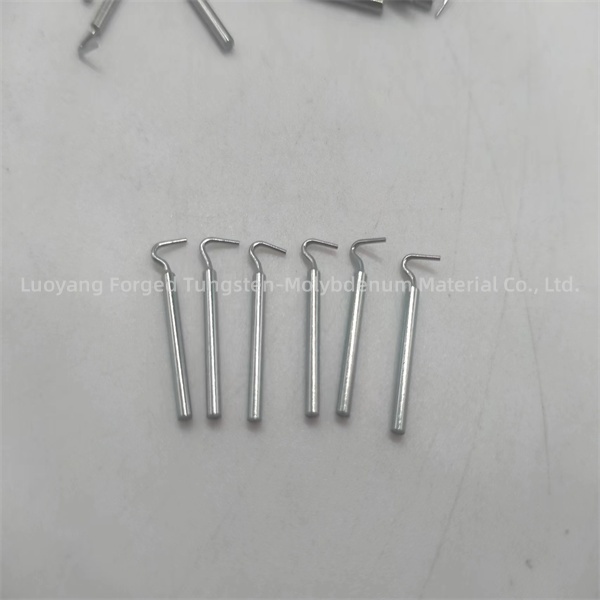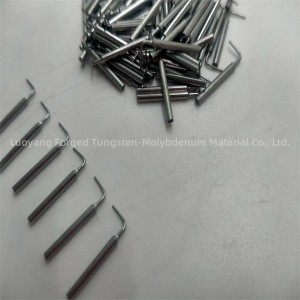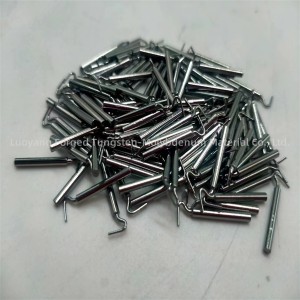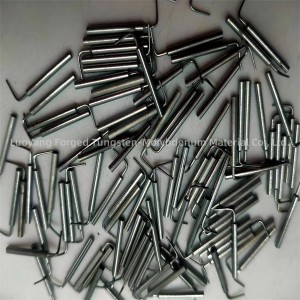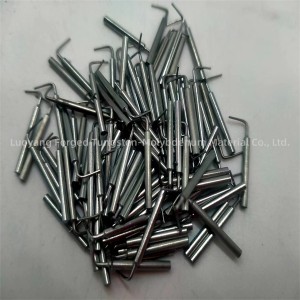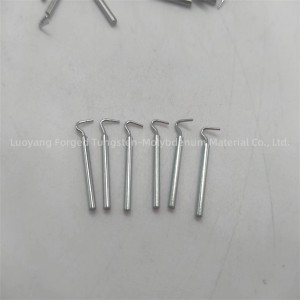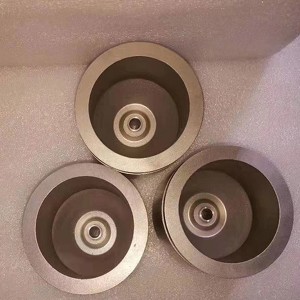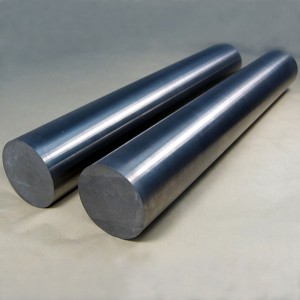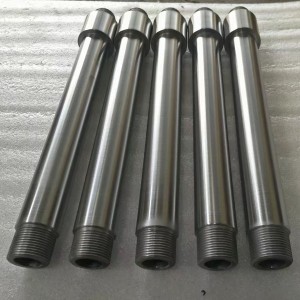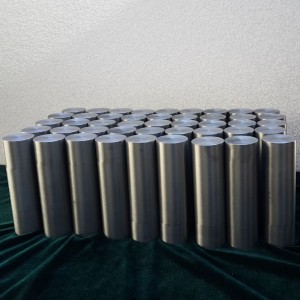TZM machined parts TZM hook Used in the medical field
The production of TZM machined parts, such as TZM hooks used in the medical field, involves several critical steps to ensure quality, precision and suitability for medical applications. The following is an overview of TZM’s method of producing machined parts:
1. Material selection: The first step in producing TZM processed parts is to select high-quality TZM alloy materials. TZM is a composite material composed of titanium, zirconium and molybdenum, known for its excellent mechanical properties and high temperature resistance. Materials should be sourced from reputable suppliers to ensure their purity and consistency.
2. Machining process: Once the TZM material is obtained, the machining process begins. This involves using advanced machining techniques such as CNC (computer numerical control) milling, turning or grinding to shape the TZM material into the desired shape, such as a hook. Precision machining is critical to ensuring the precise dimensions and surface finish of your parts.
3. Quality control: During the entire processing process, strict quality control measures are implemented to verify the dimensional accuracy, surface quality and material integrity of TZM processed parts. This may involve the use of advanced inspection equipment such as coordinate measuring machines (CMM) and non-destructive testing methods to ensure parts meet the required specifications.
4. Surface treatment: Depending on the specific requirements of the medical application, TZM machined parts can undergo surface treatments such as polishing, passivation or coating to enhance their biocompatibility, corrosion resistance and overall performance in the medical environment.
5. Final Inspection and Packaging: After TZM machined parts (such as TZM hooks) are produced and processed, they undergo final inspection to ensure they meet strict standards for medical use. This includes verifying the dimensions, surface finish and overall quality of the part. After successful inspection, the parts will be carefully packed to protect them during transportation and storage.
It is important to note that production methods for TZM machined parts, particularly those used in medical applications, must adhere to industry regulations and standards, including those related to material traceability, cleanliness and biocompatibility. Additionally, manufacturing facilities should maintain a clean and controlled environment to prevent part contamination.
Due to the unique properties of the TZM alloy, TZM machined parts, including TZM hooks, find a variety of applications in the medical field. Here are some potential applications for TZM machined parts (particularly TZM hooks) in the medical industry:
1. Surgical instruments: TZM hooks can be used to produce surgical instruments for orthopedics, neurosurgery and other medical surgeries. These hooks can be designed to assist with tissue retraction, bone manipulation, or other surgical tasks that require precision and durability.
2. Implantable devices: TZM machined parts can be used to produce implantable medical devices. For example, TZM hooks could be incorporated into orthopedic implants or prosthetic devices to provide a secure attachment point or support structure.
3. Endoscopic and minimally invasive surgery: TZM hooks can become part of endoscopic tools or minimally invasive surgical instruments, and their high strength and corrosion resistance help maintain the integrity and functionality of the instruments during delicate surgeries.
4. Sterilization equipment: TZM machined parts, including hooks, can be used to construct sterilization equipment such as trays, racks or holders for medical devices. The high temperature resistance of TZM makes it suitable for use in autoclaves and other sterilization processes.
5. Research and Development: TZM hooks can also find applications in research and development environments, such as for building specialized laboratory equipment or custom fixtures for medical testing and experiments.
In all of these applications, the high temperature resistance, mechanical strength and biocompatibility of TZM machined parts make them suitable for use in demanding medical environments. Additionally, the precision machining of TZM parts ensures they meet the stringent requirements of medical devices and equipment.
It is worth noting that the use of TZM to machine parts in the medical field requires compliance with regulatory standards, including those related to biocompatibility, material traceability and cleanliness. Manufacturers and designers of TZM machined parts for medical applications must ensure that the parts meet the necessary safety and quality requirements.
Wechat:15138768150
WhatsApp: +86 15236256690
E-mail : jiajia@forgedmoly.com
